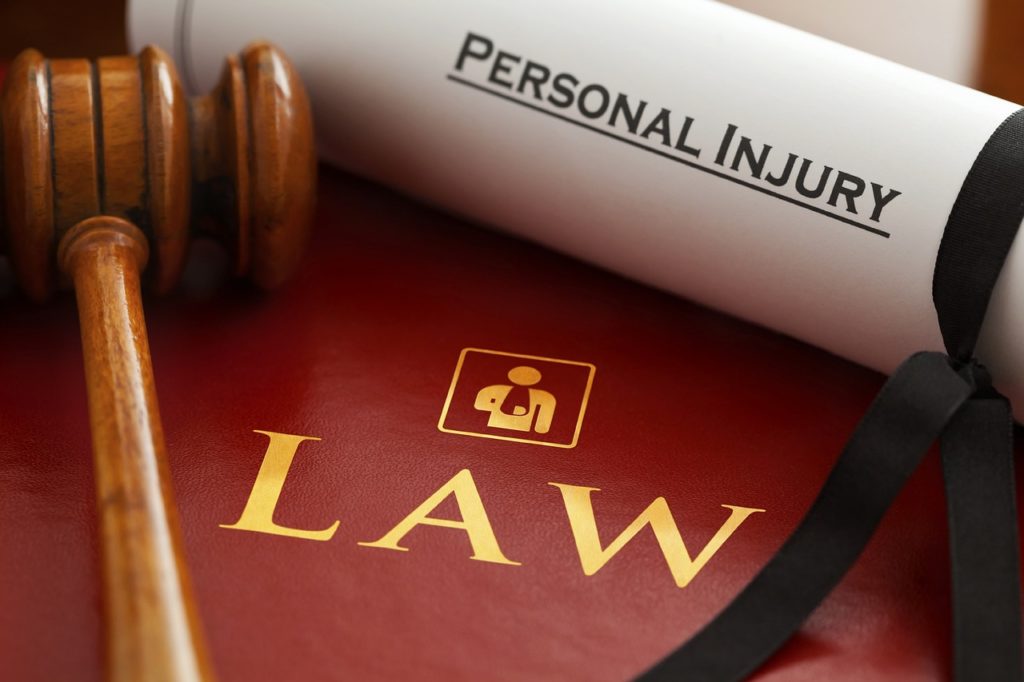Heat-Related Workplace Injuries: Know Your Rights

As temperatures rise, so does the risk for workers exposed to the elements—especially in industries like construction, landscaping, agriculture, and delivery services. In states like Florida, where summer heat and humidity can be relentless, heat-related injuries aren’t just common—they’re a serious and preventable threat. Understanding the Dangers Heatstroke, heat exhaustion, heat cramps, and dehydration are […]
Injured While Having Fun? What You Need to Know About Summer Sports & Recreation Injuries

Summer says “get outside.”Your knee says “bad idea.” From jet skis to jungle gyms, Florida is built for outdoor action. But when a weekend activity ends with a trip to the ER instead of the beach bar, you have to ask: Was someone else at fault? If your injury happened because safety took a backseat, […]
5 Common Mistakes People Make After a Personal Injury (And How to Avoid Them)

Suffering an injury is stressful enough—medical visits, missed work, and physical pain can turn your life upside down. But what many people don’t realize is that how you respond in the aftermath of an injury can make or break your personal injury claim. Here are five common mistakes injury victims make—and how you can avoid […]
Early Fall Brings Cooler Weather and Unique Road Hazards: How to Stay Safe

As the early days of Fall settle in, we welcome the cool breeze, scenic foliage, and longer nights. However, with the beauty of Fall comes a range of unique road hazards that drivers and pedestrians alike must navigate.
Common Mistakes to Avoid in Personal Injury Cases

Navigating a personal injury case can be a complex and overwhelming process. Making mistakes during this critical time can significantly affect the outcome of your case. Here are some common mistakes to avoid and practical advice to ensure you get the best possible result.

